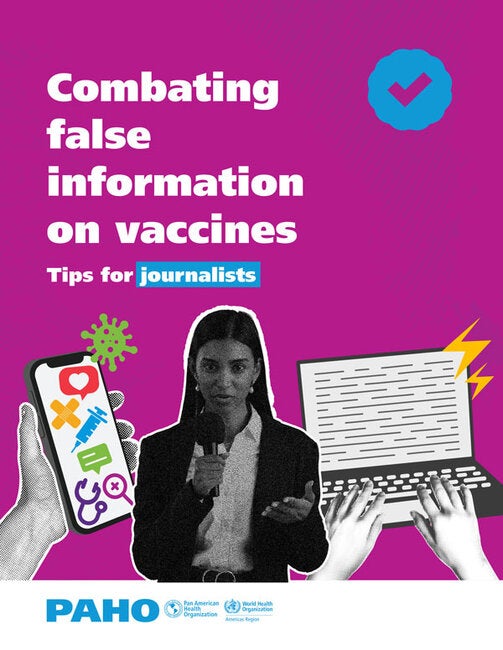Navigating the Vaccine Information Landscape: A Journalist’s Guide to Accurate and Impactful Reporting
In an era defined by the rapid dissemination of information, often of questionable veracity, journalists stand as critical gatekeepers of public health knowledge. This role is particularly crucial in the realm of vaccination, where accurate and timely reporting can empower individuals to make informed decisions about their health and contribute to the collective immunity that protects communities from preventable diseases. Journalists, alongside healthcare professionals, comprise the most trusted sources of scientific information for the public, wielding significant influence over perceptions, attitudes, and ultimately, behaviors related to vaccination. This influence carries immense responsibility, especially given the pervasive nature of vaccine misinformation, which poses a significant threat to public health.
The challenge of combating vaccine misinformation is not new; it has existed for as long as vaccines themselves. However, the recent explosion of misinformation, particularly on social media platforms, has heightened concerns among health professionals and scientists. Studies have revealed the alarming impact of even brief exposure to vaccine misinformation, demonstrating its potential to negatively influence attitudes and intentions towards vaccination, even among those who have previously been vaccinated. As vaccine hesitancy grows and vaccination coverage rates decline, populations become increasingly vulnerable to outbreaks of vaccine-preventable diseases (VPDs) such as measles, pertussis (whooping cough), polio, and tetanus. These diseases, once largely controlled through widespread vaccination, can have devastating consequences, particularly for vulnerable populations like infants and young children.
The rise of vaccine misinformation and its impact on public health underscores the urgent need for responsible and accurate reporting on vaccination. Journalists play a pivotal role in providing the public with evidence-based information, countering misinformation, and fostering trust in scientific consensus. This requires a nuanced understanding of the complexities surrounding vaccines and vaccination, including the science behind vaccine development, the safety and efficacy of vaccines, and the public health implications of vaccine hesitancy and refusal. It also necessitates a commitment to ethical journalism principles, including accuracy, fairness, and impartiality.
Navigating the complex landscape of vaccine information requires journalists to be discerning in their approach to sourcing and verifying information. Relying on credible sources such as public health organizations, scientific journals, and medical experts is paramount. Journalists must also be vigilant in identifying and debunking misinformation, utilizing fact-checking resources and critically evaluating the credibility of online information. Furthermore, understanding the historical context of vaccine hesitancy and the social and cultural factors that contribute to it can enhance the depth and nuance of reporting.
Effective communication about vaccines requires more than simply presenting facts and figures. Journalists must tailor their reporting to their target audience, considering their specific concerns and perspectives. This may involve addressing common misconceptions about vaccines, highlighting the benefits of vaccination for individuals and communities, and showcasing stories of individuals and families affected by VPDs. Utilizing storytelling and narrative techniques can help humanize the issue and create a stronger emotional connection with the audience.
Collaboration across sectors is essential to combatting vaccine misinformation and promoting vaccine uptake. Journalists can partner with public health organizations, healthcare professionals, and community groups to disseminate accurate information, address community concerns, and build trust in vaccination. By working together, these stakeholders can create a more informed and empowered public, equipped to make decisions that protect their health and the health of their communities. In this crucial endeavor, journalists serve as vital conduits of information, bridging the gap between scientific expertise and public understanding. Their commitment to accurate, responsible, and engaging reporting is essential to safeguarding public health and preventing the resurgence of preventable diseases.


